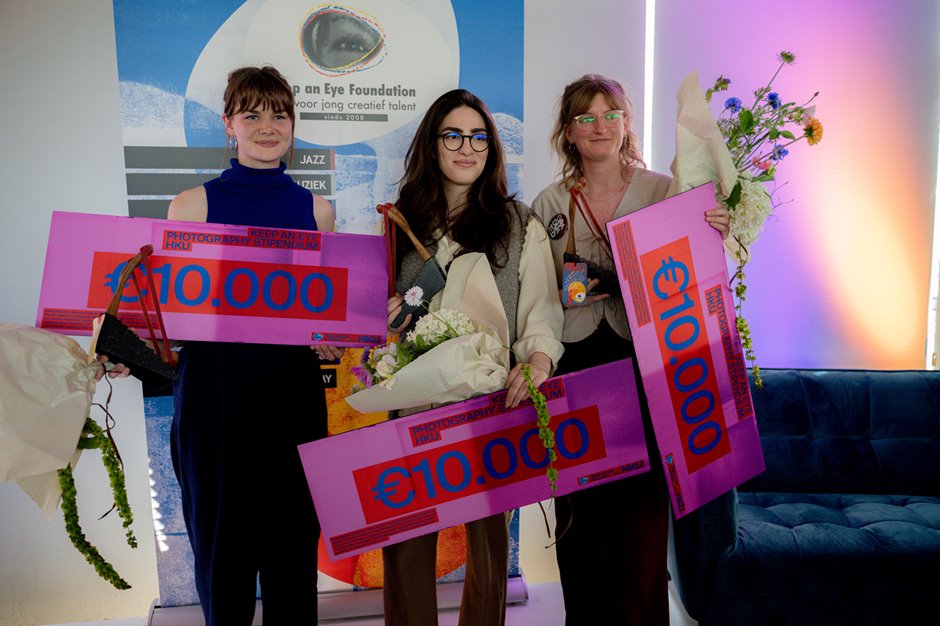Analytic and poetic imagery
Noor van der Wal managed to instantly convince the jury with the execution and depth of her work: ‘We are impressed by the way in which this exploration is operating at multiple levels, balancing between process and result, with a permanent critical eye to itself. What stands out is that photography is not only utilised for its representative character, but also to investigate the medium itself and the tactility of the image. In this way, the work not only poses ecological questions, but also directly questions photography as a medium. In result, the work transcends the level of illustration and displays a characteristic imagery that is both analytic and poetic.'
See the graduation work of Noor van der Wal
Intimate depiction of universal themes
Lucy Azatyan surprised the jury with her unique visual and narrative style: ‘The work not only presents us with questions about identity and remembrance, but also with a thorough exploration of the experiences of nostalgia and of being uprooted. It transcends the traditional conventions by wielding a unique poetic imagery that is both aesthetic and emotional. This is further enhanced by the maker’s unique choices of perspectives and framings, creating an immersive visual experience. The strong choice for stillness in the image and its symbolic elements, lead to a work that needs no explanation. The images speak for themselves and provide an intimate and personal view of universal themes in which many of us will recognise themselves, each in our own way.'
See the graduation work of Lucy Azatyan
Sense of kinship
About the works of Martha Olech, the jury stated: ‘Photo projects about family relations – especially those between grandchildren and -parents – are abundant. But they seldomly make you contemplate such an immense question as what it means to live here on earth. About how everything that was, relates itself to everything that is. And how change is the only constant.
Despite the absence of memories, there still is a sense of kinship. Both with the family and the land of origin. In this project, the creator takes us along while exploring this sense. This research project allows the creator, after formulating a clear research question, to work intuitively and associatively. We were intrigued by the way in which this work fluently draws connections, through words and images, between then and now, the old and the new, and here and there. It makes the feeling of kinship with the maker’s grandmother relatable as something that is more universal than just the personal experience. The point is that nothing exists, or comes into being, in a vacuum.
See the graduation work of Martha Olech
